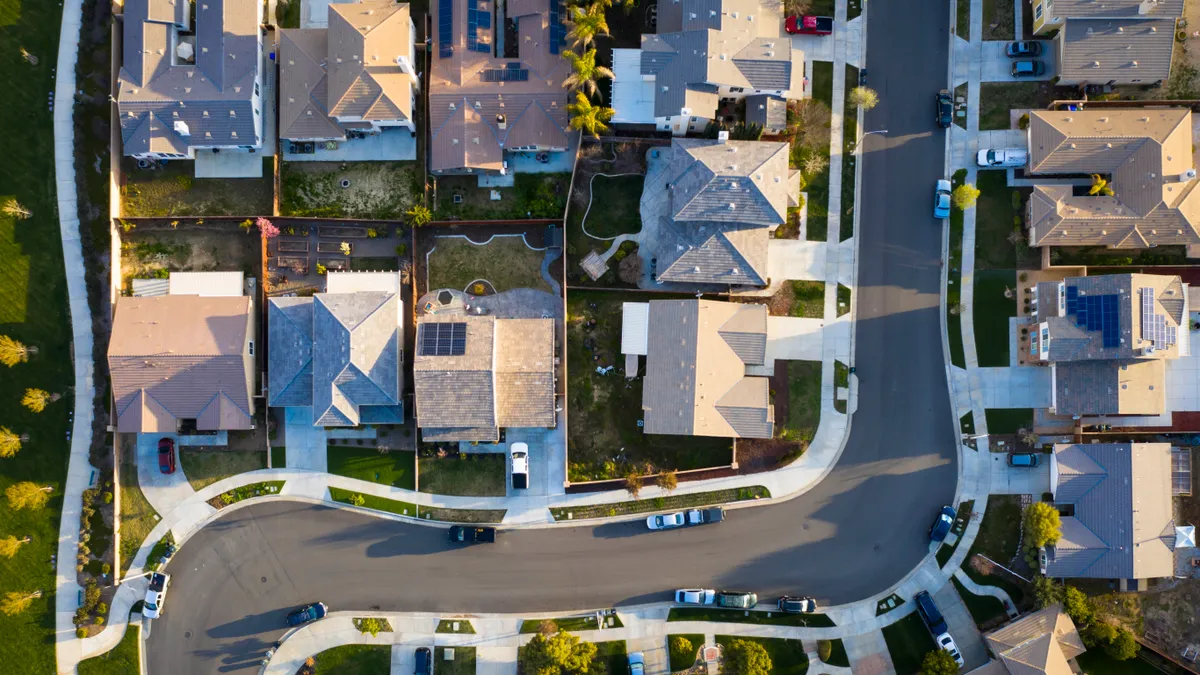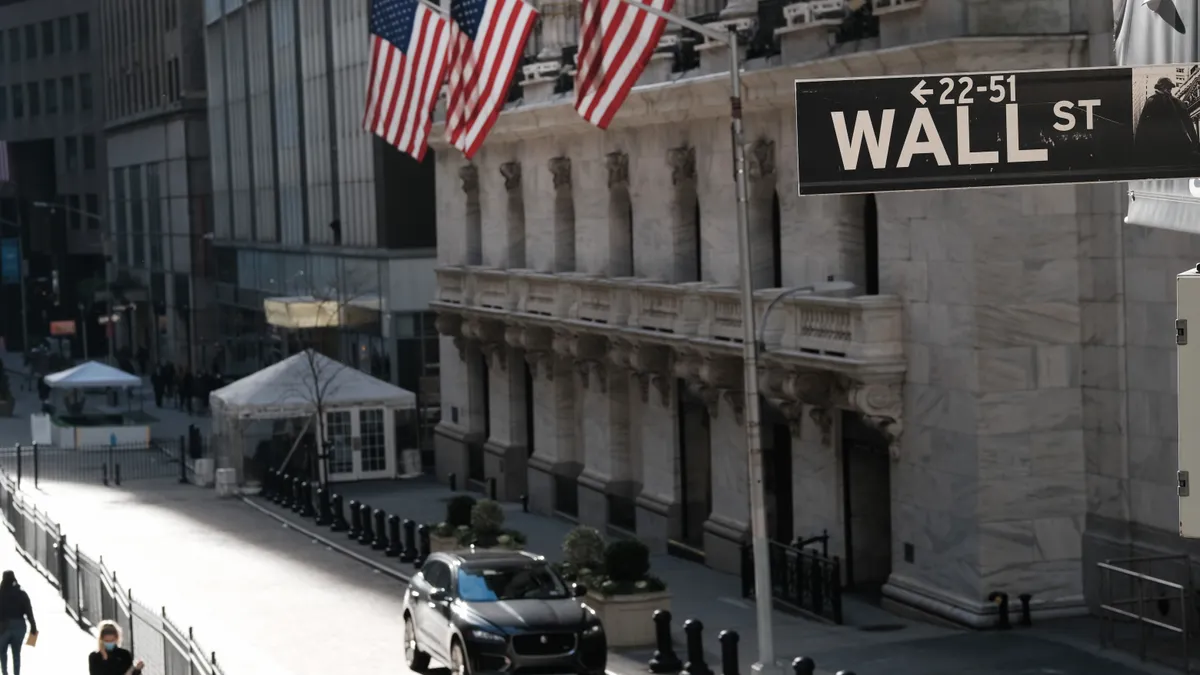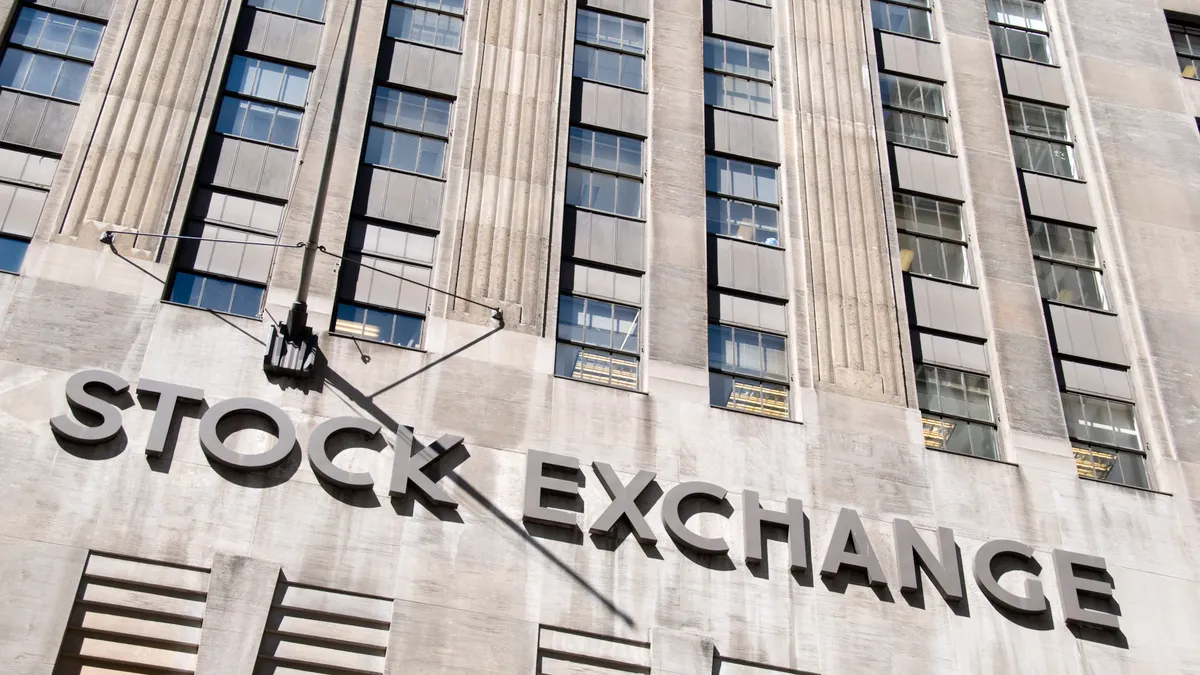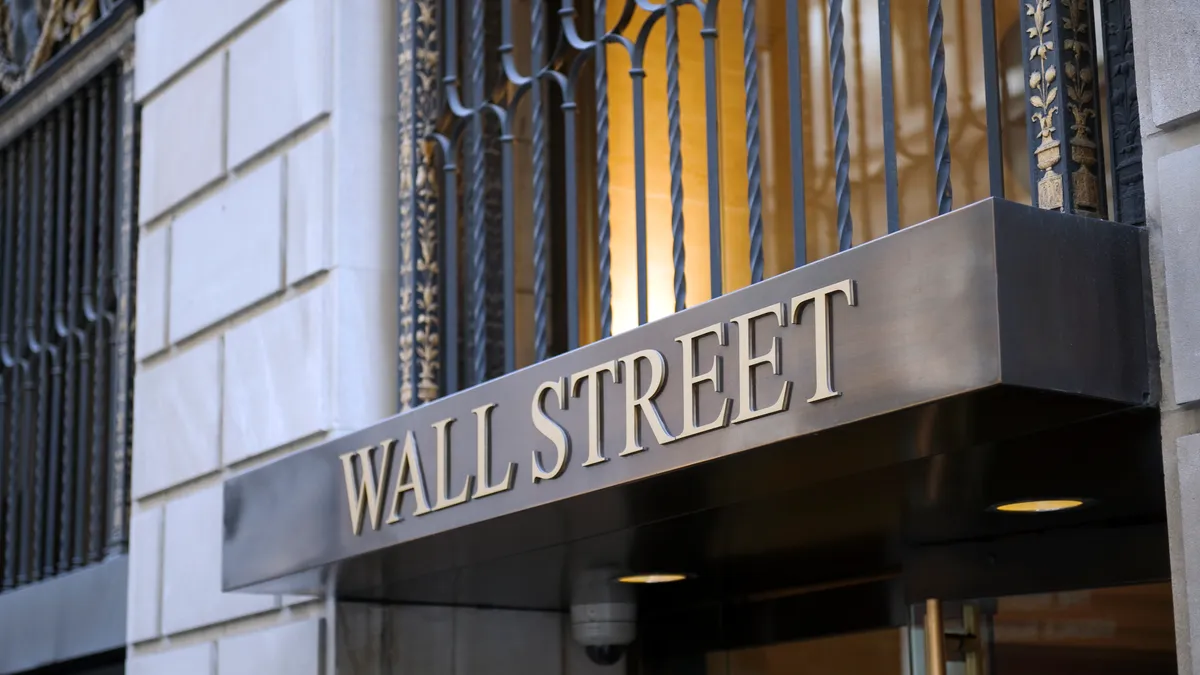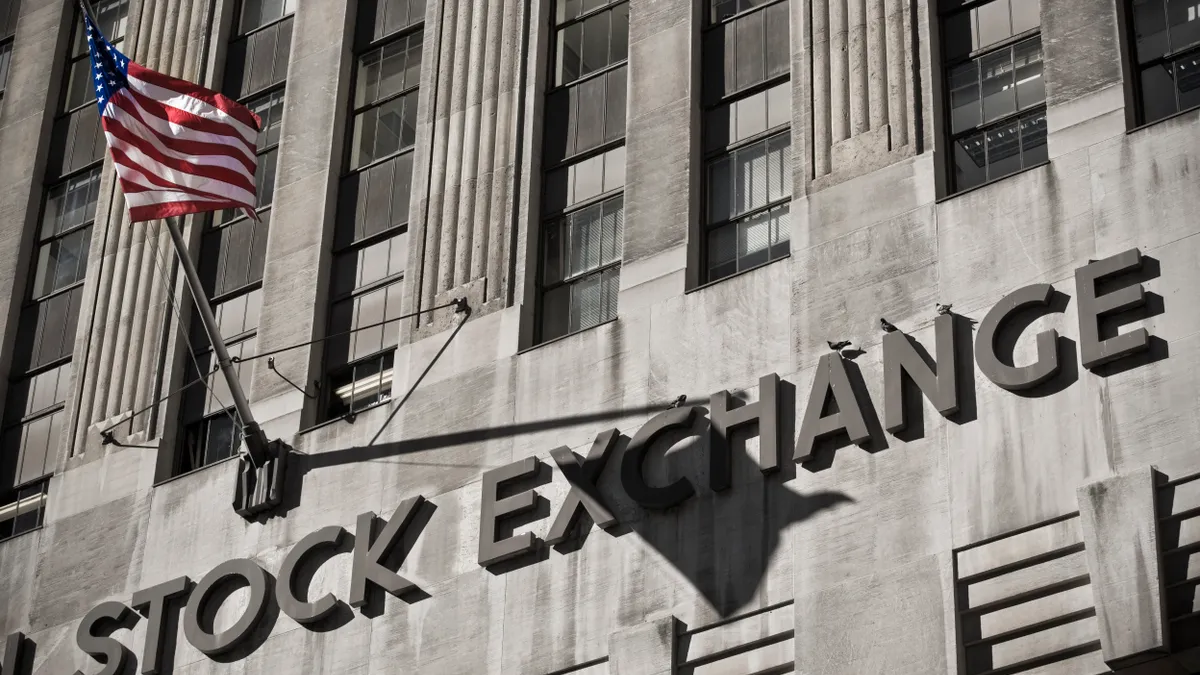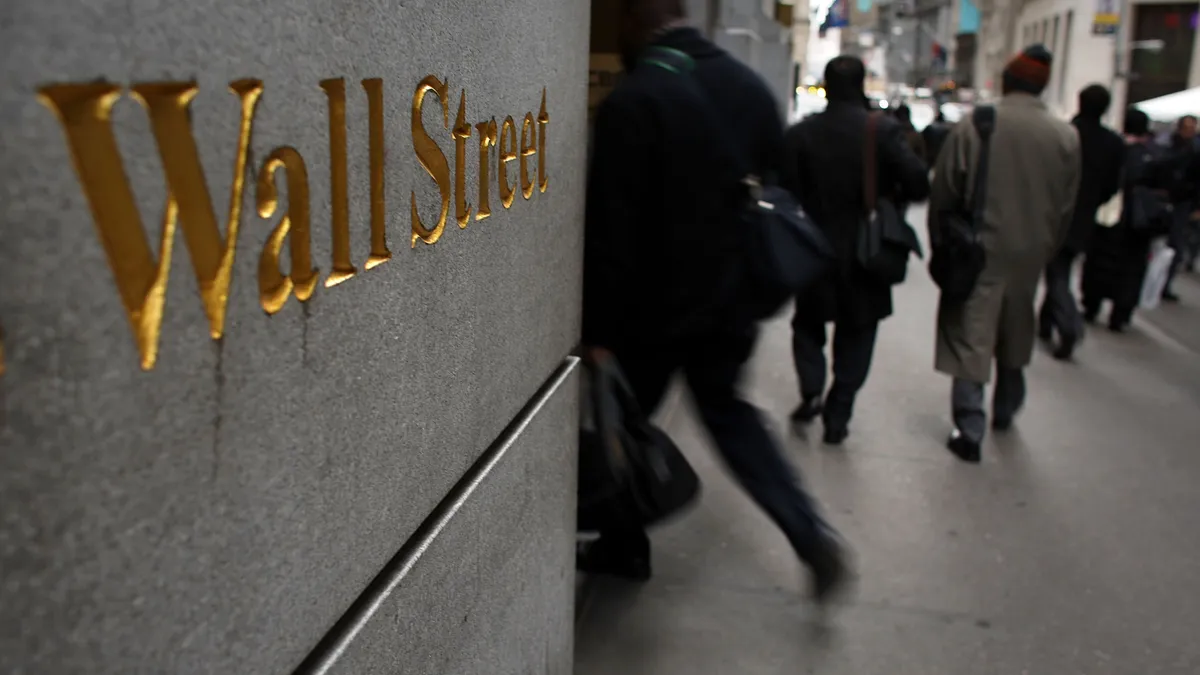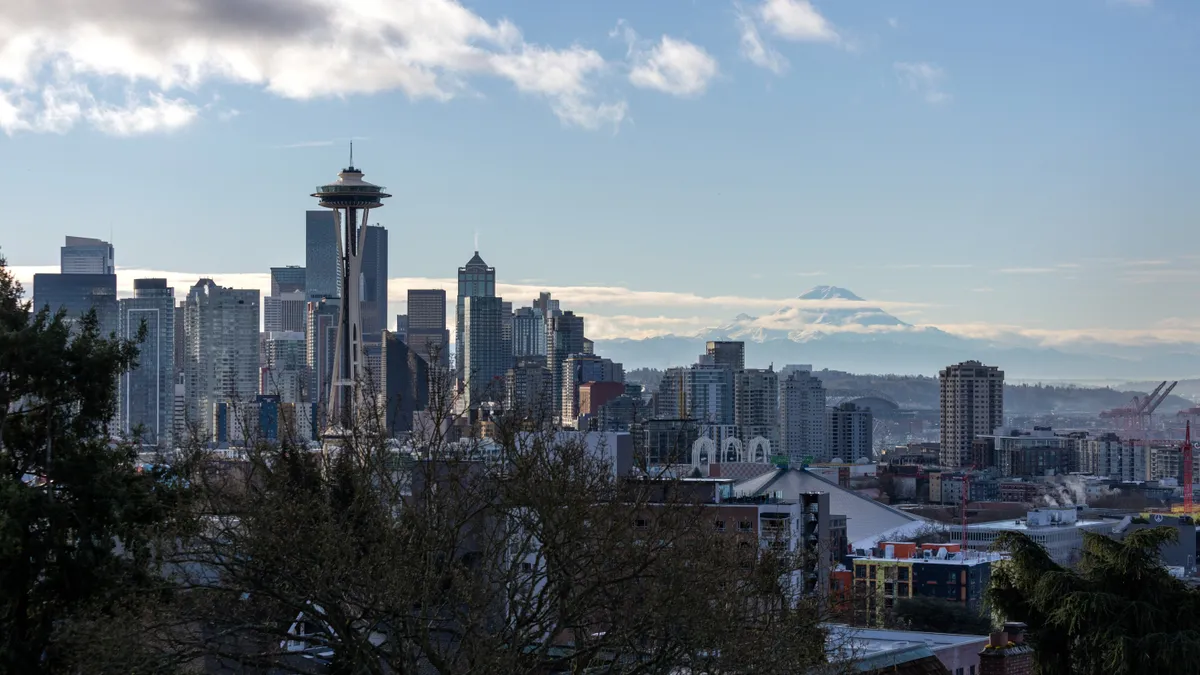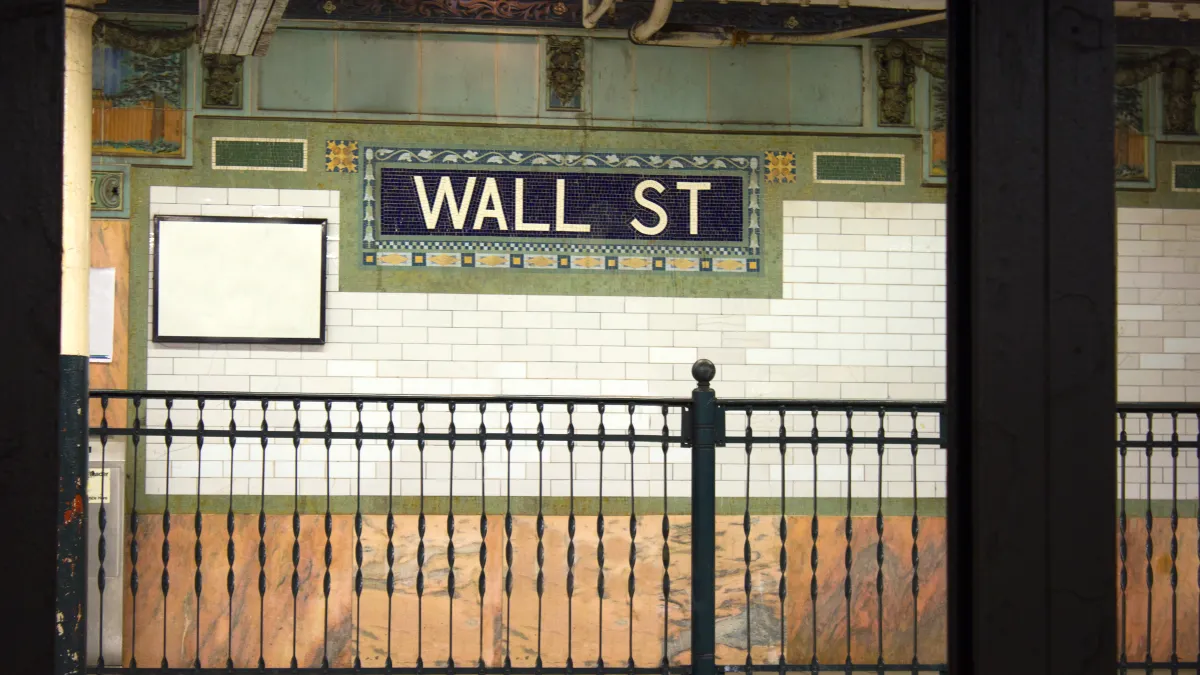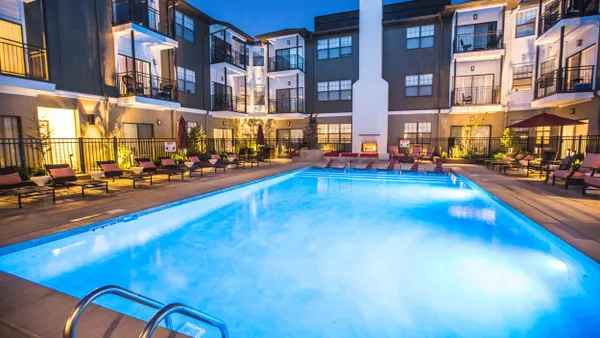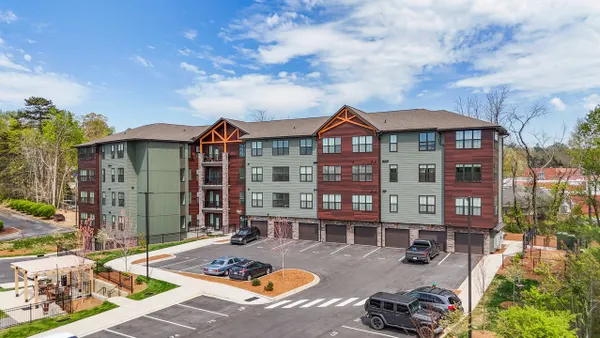For the last couple of years, a clear theme has emerged for Sun Belt apartment operators — supply is historically high, but demand is keeping things afloat.
That was, again, a theme for MAA in its second quarter earnings report.
“Based on that excess absorption, we have 85,000 fewer units to lease in our market today than we had at this time last year,” MAA CEO Brad Hill said on the Memphis-based REIT’s earnings call in late July.
As supply continues to burn off, Hill sees that number growing. “That gap in the reduction of supply that's available to lease will quickly become 100,000 units, [and] 120,000 units, and that will have a significant impact on the acceleration of performance in our region of the country,” he said.
Of course, this assumes demand stays strong for Sun Belt apartments in an uncertain economy. However, Hill is optimistic that newcomers will continue to stream into the region and drive absorption.
“We're not seeing any slowdown on migration trends,” he said. “So that's still a net positive of 6% or so. It's down from COVID highs, but in line with pre-COVID numbers. So we're not seeing any concerns whatsoever on the various demand metrics that we look at.”
Still, demand can only currently do so much to salve the issues with supply in many of MAA’s markets, as new lease pricing fell below expectations in Q2. The REIT’s same-store revenue declined 0.3%, which was slightly below the -0.2% projection of Michael Lewis, an analyst for Truist. Still, MAA noted strength in some markets, especially its smaller metros.
New lease rents struggle
Sun Belt deliveries are continuing to burn off from past peaks hit last year, according to executives at MAA.
“If we look at the quarterly supply that's been delivered, it has dropped off pretty good over the last two quarters, and I expect it'll drop off even more in Q3 and Q4,” MAA Chief Strategy and Analysis Officer Tim Argo said on the earnings call last month.
MAA saw new lease pricing recover through April, but then it fell below the REIT’s expectations in May and June, with a 4.8% decline in the second quarter, according to the earnings report. That was still a 150 basis point year-over-year improvement.
Executives at the REIT don’t think residents are suffering rent increase fatigue. Instead, they point to other apartment operators’ focus on maintaining occupancy as a main factor muting rent increases.
“As we got into May, we saw that market operators began to focus a little bit more on occupancy, which clearly had an impact in terms of the rate of the recovery that we expected,” Argo said.
However, MAA is getting 4% to 5% increases on renewals and has visibility into September and even earlier October, which is cushioning the impact of new leases. Blended lease rates turned positive during the quarter at 0.5%.
“We continue to see renewals play a larger part of the combination and continue to see the real rates be strong,” Argo said.
Mid-tier strength
MAA’s executives continue to see strength in the same areas that they have over the last few quarters, with mid-tier markets performing well. “Our Virginia markets remain strong and other mid-tier markets such as Kansas City, [Missouri]; Charleston, [South Carolina]; and Greenville, [South Carolina], all demonstrated strong pricing power,” Argo said.
Fredericksburg, Virginia; Kansas City; and Northern Virginia posted same-store revenue growth of 5.1%, 3.8% and 3.7%, respectively. Argo noted the renewal rate has gone down at MAA’s Arlington, Virginia, property. Still, he didn’t seem concerned about the Washington, D.C., metro area. That echoed the sentiment of other REITs.
“Strength in the Washington, D.C., area, particularly Northern Virginia, has been a theme among the apartment REITs in our coverage universe that have reported 2Q25 results so far,” Lewis said in a report shared with Multifamily Dive.
Out of MAA’s larger markets, Argo said Tampa, Florida, showed pricing recovery, while Houston was steady.
“We also continue to see a slow but steady recovery in Atlanta, which had our largest year-over-year improvement in both blended pricing and occupancy of any of our higher concentration markets,” Argo said.
BY THE NUMBERS
| Category | Q2 | YOY Change |
| Property revenues | $519 million | -0.3% |
| Net operating income | $319.6 million | -2.6% |
| Operating expenses | $199.3 million | 3.8% |
| Funds from operations | $2.19 | 6.3% |
| Rent per unit | $1,690 | -0.5% |
| Occupancy rate | 95.4% | -10 bps |
SOURCE: MAA
Heavy supply in Phoenix; Austin, Texas; and Nashville, Tennessee, continues to dampen new lease pricing. The firm’s largest same-store declines were in Austin, 4.0%, Jacksonville, Florida, 2.9%, and Memphis, Tennessee, 2.9%.
“We have seen the uncertainty and higher leasing pressure particularly impact the leasing velocity in our lease-up portfolio [in Austin],” Argo said. “And in turn, we pushed the stabilization dates by one quarter for three of our lease-up properties — West Midtown, Vale and Val Vista.”
Click here to sign up to receive multifamily and apartment news like this article in your inbox every weekday.




